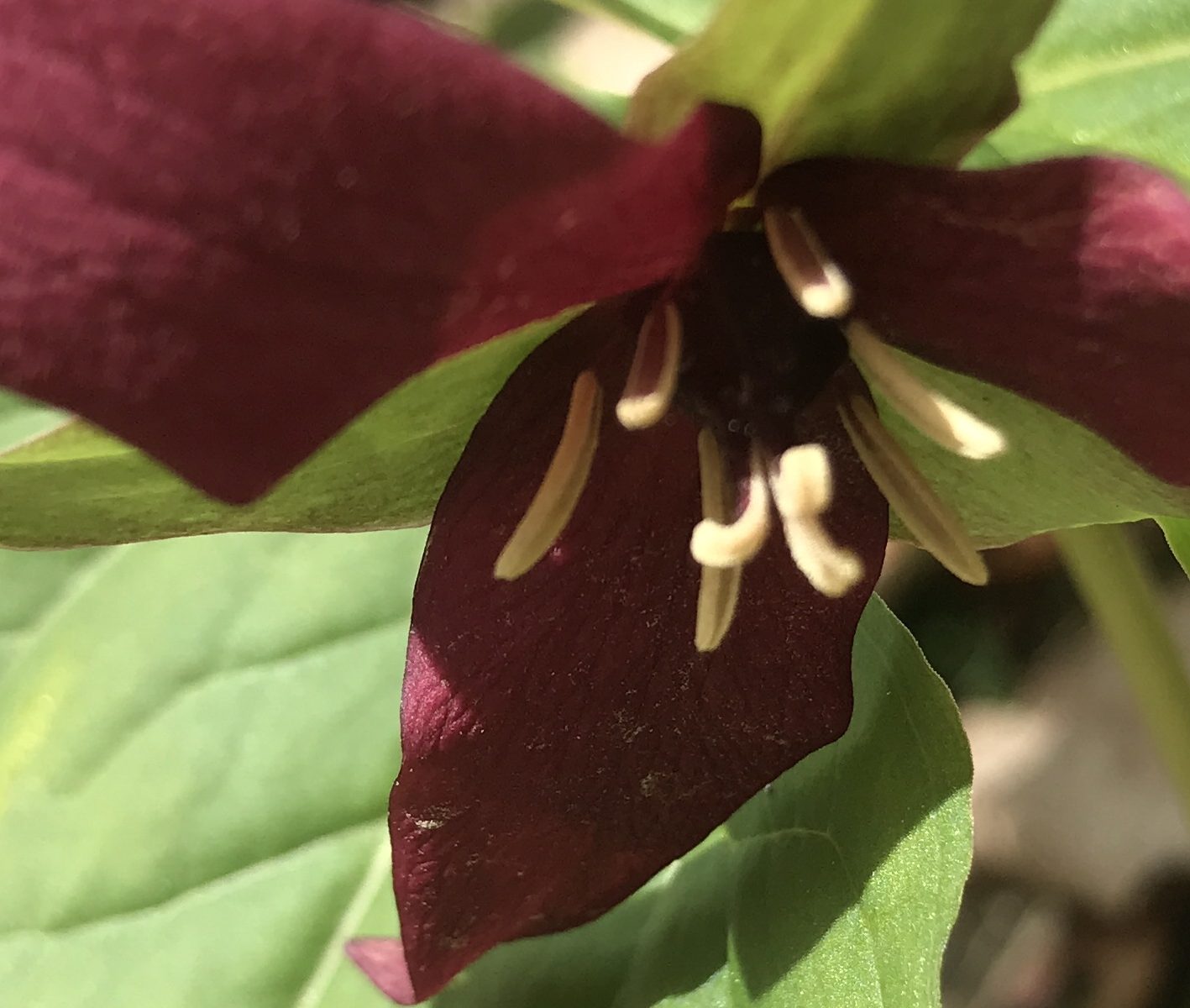Guest Post by Nic Cormier, Education Intern
Last week we got a responses to our post that we had put on the Front Porch Forum asking if anyone had any flowers or plant donations for our gardens. Ms. Janet Labelle, who lives just down the road from the museum, invited us to her home to see if there were any plants she had that we wanted. By the end of the visit, she had kindly donated Pink Penstemon, Wild Columbine, Hazelnut/Filbert crosses, and Bee Balm. That same day Mr. Bill Mayville donated some red and purple Bee Balm and planted them himself. This week Bill also brought us old slabs of rock, which had been a foundation to a house, for our rock paths and keyhole garden. Erin’s neighbors, the Zimmerman’s, recently cut down and chipped a few old trees in their yard. They said we can go anytime and take as much as we need for mulch, which we have been using steadily for the past few days. Thanks to all for the donations.
We still have a bucket of Irises brought to us by Rick that have yet to be planted. A few Trumpet Vines need a trellis before they can be planted near the viewing window, and a couple of Stonecrops that will be going in near the rock wall in the feeding yard. We are currently working on creating a keyhole garden with a stone walk-way for a fun element to the garden as well as a walk-way to a compost pile and another to the sewage pipe, both of which will be rock pathways. In the center of the keyhole we plan to erect either a bird bath that we make or a bird house with a roof that holds soil and can be planted with a short flowering plant.
Some plants that are still on the wish-list are Spicebush, Coreopsis, Turtlehead, Cardinal Flower, Winterberry Holly and Butterfly Bush, but we would also take almost anything that is donated.
On rainy days I have been working on the signage and guide that will be used. It is exciting seeing the whole project come together from thoughts to paper to reality.






